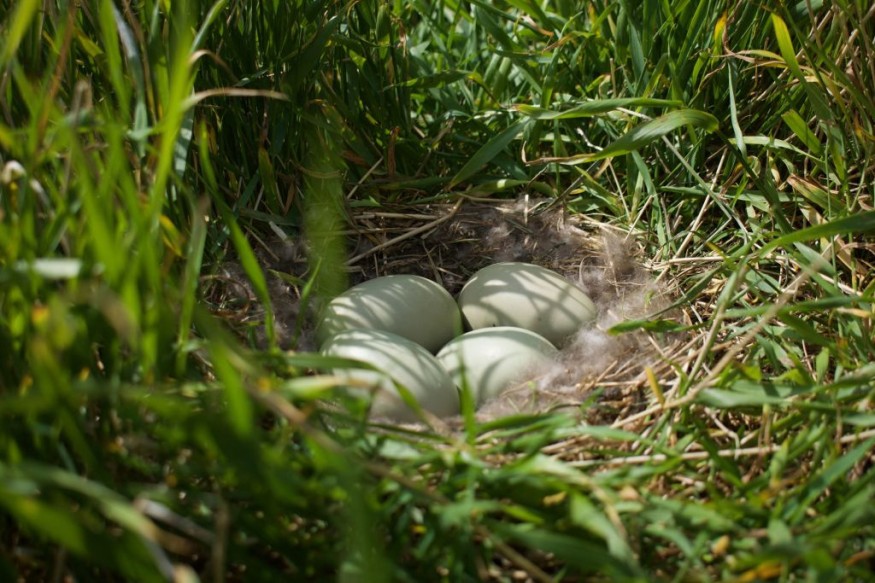Giant eggs from unknown ancient bird species once existed in Australia.
The mystery has long been a subject of contestation as to which avian group the large eggshells belong to.
The identity of these birds remained unknown for a long time due to the current condition of the collected egg samples.
The scientific mystery is also accompanied by the belief that the so-called "first Australians" or the "first human natives of Australia" feasted on these massive bird eggs.
However, a new study has revealed that they belong to the now-extinct bird group Galoanseres, which included Dromornithidae, extant landfowl, and waterfowl, which are now all extinct.
Giant Eggs Mystery

In a new paper published in the journal Proceedings of the National Academy of Sciences (PNAS) on Tuesday, May 24, the study aims to resolve the long-held debate about the taxonomic identity of the giant eggs exploited by the first Australians 50,000 years ago.
According to the study, the birds that laid these massive eggs are already extinct, and even distinguishing between only two candidate bird species, the giant flightless "mihirung" Genyornis and the large megapode Progura, is impossible.
This is in spite of the use of morphological and geochemical methods.
In addition to the taxonomic challenge, the age and burial temperature of the giant eggshell make ancient DNA sequencing remain inconclusive.
As a result, the study's researchers turned to ancient protein sequencing to determine the evolutionary affinity between the egg and its host giant bird species.
The study was conducted by an international team of researchers from various countries, including Australia, Italy, Denmark, China, the UK, and the United States.
First Australians
According to the Australian Museum, modern humans have arrived in Australia around 48,000 to 50,000 years ago, based on genetic studies and archaeological evidence.
In the past few decades, the museum and several archaeological sites dating back to 30,000 years ago have been discovered to support this claim.
The fossils found contained in the archaeological data indicated that the initial colonizers of Australia were from a group of Homo sapiens who migrated out of Africa.
On the other hand, while Homo erectus was already present in Asia for at least 1.5 million years ago, the museum asserted that no remains of our distant cousin have been found in Australia.
Due to the correlation of human fossils in the given timeline, it is possible that the Homo sapiens also encountered these giant eggs in the study by the international research team.
Furthermore, it can be said these ancient humans of Australia were the ancestors of the Aboriginal people of the country.
In modern times, eggs from chickens or birds in general, are still part of the human diet.
While giant eggs like those from ancient birds in Australia are no longer around, the prevailing largest bird egg ever is from the extinct Madagascan elephant bird (Aepyornis maximus), according to the Guinness World Records.
The egg has a size of 13 inches (33 centimeters) and has a weight of 8.5 liters (2.25 US gallons).
The Madagascan elephant bird thrived in the island country of Madagascar before becoming extinct approximately 1,000 years ago.
© 2025 NatureWorldNews.com All rights reserved. Do not reproduce without permission.





